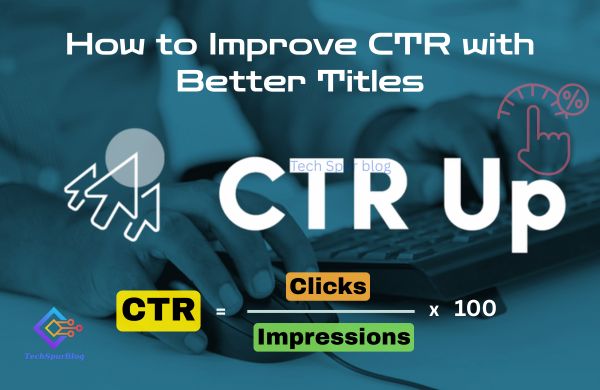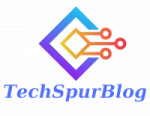Launching a SaaS product isn’t just about building the app. It’s about managing an entire ecosystem around it—from product development to marketing, sales, analytics, and customer success. And the tools you choose at the beginning can set the tone for how fast (and how smoothly) you grow.
The good news? You don’t need enterprise-level software to operate like a pro. With the right tech stack, you can stay lean, move fast, and avoid the usual startup chaos.
Product and Development
If you’re starting from scratch, a robust but flexible dev setup is key. Early on, focus on frameworks and platforms that get you to MVP quickly without limiting long-term growth.
- Frontend: React or Vue offer modern, responsive UI frameworks with tons of community support.
- Backend: Node.js or Ruby on Rails are great for fast development cycles.
- Database: Postgres is reliable and scalable for most use cases.
- Infrastructure: Heroku or Vercel can be a great starting point for smaller teams, while AWS or GCP offer room to grow when things get more complex.
Also consider feature flagging tools like LaunchDarkly or Split.io early—they help you test features without messy rollbacks.
Also Read: Valuation Multiples in SaaS: Trends, Challenges, and Opportunities
Collaboration and Project Management
When the team is small, clarity is currency. A single missed task or vague goal can waste days. These tools help keep everyone aligned:
- Notion: Part wiki, part task manager, part docs. Great for early teams.
- Linear or Jira: Linear if you want something clean and fast; Jira if you need complexity.
- Slack: Still the go-to for team communication, though discipline around channel use is essential.
- Loom: Asynchronous video updates reduce meetings and keep everyone in the loop.
Marketing and Growth Tools
You’re not just building—you’re also attracting. Founders who embrace this early tend to outpace the competition. Your early stack here should help you experiment quickly and learn fast.
- Webflow: Build a landing page without a developer.
- HubSpot or ConvertKit: For email workflows, lead capture, and basic automation.
- Hotjar or FullStory: Understand how users behave on your site.
- Google Analytics 4 + Tag Manager: For foundational tracking (if you can stand the GA4 learning curve).
- Apollo or Clearbit: Enrich lead data and build outbound lists.
Why Work with a SaaS Agency Early On
Many founders try to duct tape together a growth strategy with tools and hustle. And while scrappy works, there’s value in perspective. A growth agency for SaaS brings pattern recognition across dozens of launches, pivots, and GTM strategies.
They’ll help you avoid common missteps like over-investing in paid before you’ve nailed messaging, or underestimating the power of onboarding flows. The right partner acts more like an extension of your team than an external vendor. Especially for founders without a marketing co-founder, this kind of collaboration can be game-changing.
Whether it’s refining your funnel, setting up proper attribution, or crafting performance ads that actually convert, agencies bring in-house speed with an outsider’s objectivity. Just make sure you pick one that understands your stage and niche.
Sales and CRM
Even pre-revenue, you want to start building your pipeline and organizing conversations.
- Pipedrive or Close: Lightweight and founder-friendly CRMs.
- Calendly: Cut the back-and-forth and get demo calls scheduled faster.
- Intercom or Crisp: Live chat, onboarding flows, and support automation.
- Docsend: For tracking investor decks or enterprise proposals.
Customer Success and Support
Retention beats acquisition every time. Start tracking feedback, usage, and happiness as early as possible.
- Zendesk or HelpScout: Ticketing systems that grow with you.
- ChurnZero or Custify: If you’re seeing traction and want to stay proactive with renewals.
- Typeform: Easy feedback loops and NPS surveys.
Analytics and Reporting
Your instincts might be good, but data wins. You don’t need a full BI team—you just need visibility.
- Mixpanel or Amplitude: Funnel and retention analytics.
- Segment: Routes user data to all your tools without extra coding.
- Looker Studio: Formerly Google Data Studio, for early dashboarding.
Also Read: Navigating the Complex Landscape of SaaS Localization: A Comprehensive Guide
Final Thought: Keep It Lightweight
Founders often fall into the trap of overstocking. The goal isn’t to have the fanciest stack—it’s to remove friction and help you learn faster. Before adding another tool, ask yourself: does this simplify a process, or just add noise?
Pick tools you can grow with, not ones that require a six-week onboarding just to send a report. And when in doubt, lean into simplicity. A great product with a clear message, tested often, wins more than the perfect automation setup.
Start with tools that keep you nimble. Grow into complexity only when it serves you. That’s how you build momentum—and keep it.


















